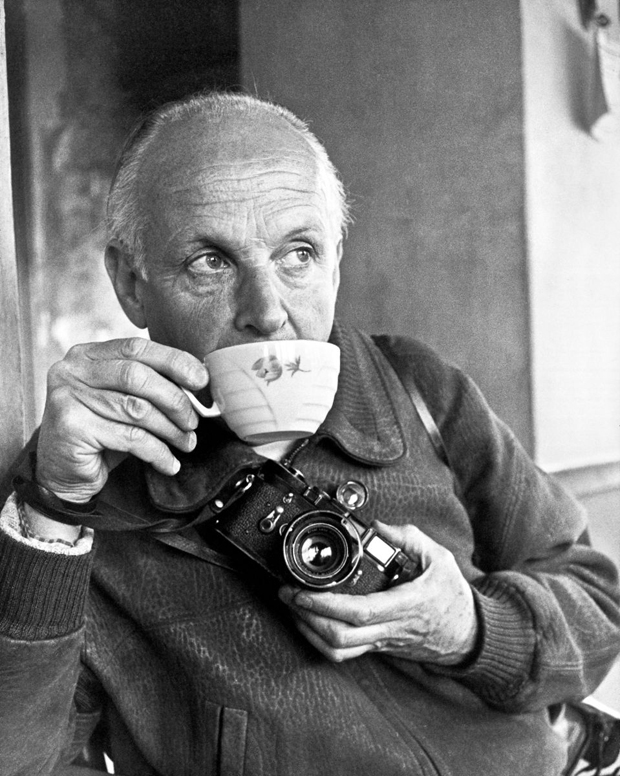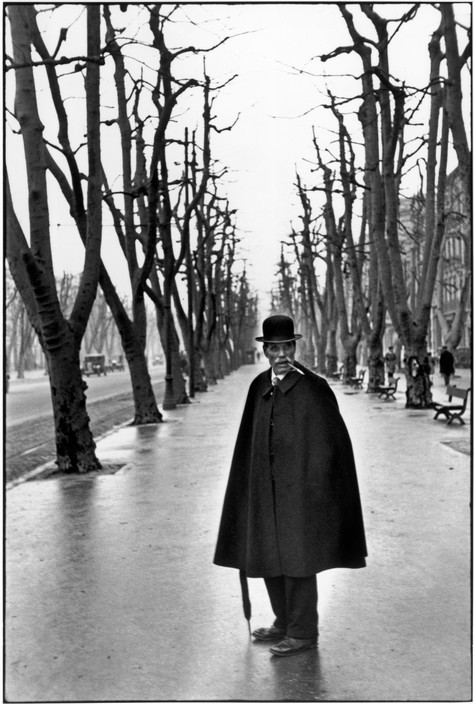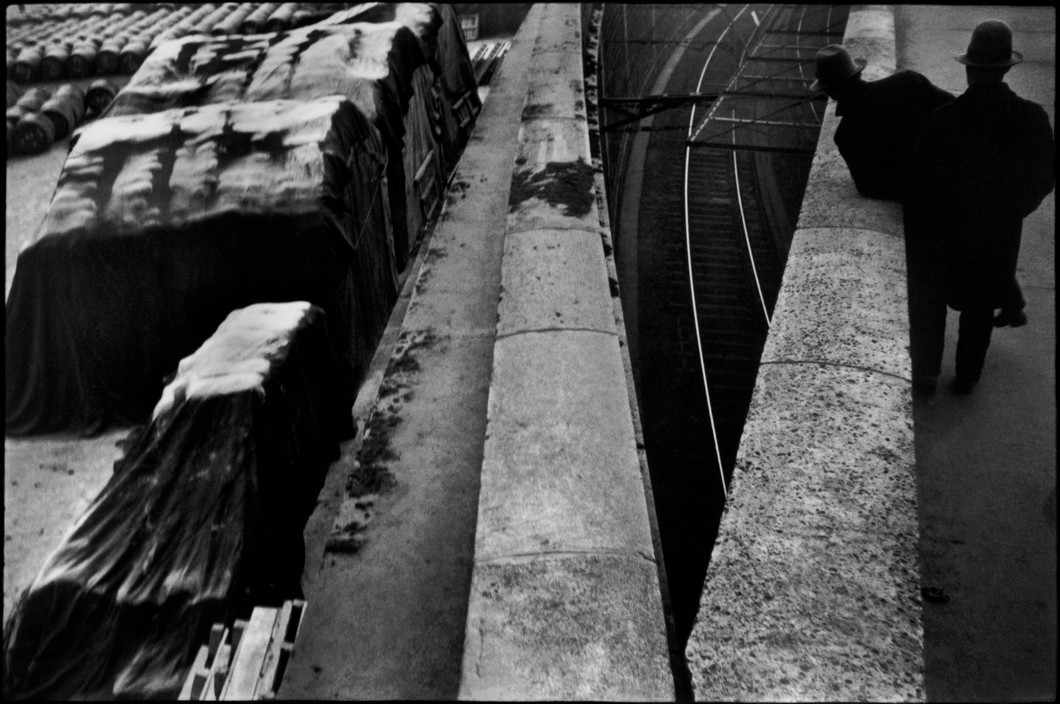The Year Of Pandemic
ARTIST STATEMENT
- This project is about street photography, focusing on people’s lives one year after the lockdown. It will be a two-or three-minute-long video that records people’s activities in NY. I was inspired by the 20th movie and intended to learn film-making techniques via this project. Montage, black and white, freeze frame…… I targeted a Salon run by my friend who lives in the Chinese community (ex. Flushing) near the city. For 2020, due to the COVID-19, Asian Americans suffered racism or discrimination; thus, I want to interview and record everything that happened to them recently and see what I can get. By the way, as a documentary photograph, no interview needs to be shown. The ideal form is a silent movie with several images. To tell a story, add filters, editing effects, or try my best to capture people’s emotions. Speaking about the emotion, I am impressed by people’s current reaction toward nowaday status. People are indifferent about the passing year, even though they had a bad experience through the lockdown. That is why Flushing is unique because it is a wanderer’s hub. People like Mr. Chen and Mr. Yong, who still have not mastered English, are always standing in the edginess of American society. As a bystander who spoke Chinese and grew up in China, it is easy to understand their generation’s struggle. The discrimination that comes with the virus gives them double strikes, and these struggles and depression would not easily speak out as a photographer who shoots them on purpose. A particular goal can not be subjectively to demonstrate their authentical emotion; thus, I took several short clips inspired by the French new wave. The opening of “The 400 Blows” is the reference, such as the BGM and street scene. The black and white emphasize the theme— the damages of Covid.
 Via the short clip, the audience can feel the vibes and moods. Talking about these images. As I mentioned, this project is not an interview but a documentary photograph. In this aspect, I learned Dorothea Lange and Henri Cartier-Bresson’s techniques and styles, which refer to realism and surrealism. The only regret is lack of time. Even though people allow me to take photos, it is hard to get the most satisfying images, either in concept or visually. Images shown in the blog are only a few but the strongest of the collection—for example, images like Delivery Man. I had a short conversation with these delivery men, and I expect to learn about their lives. Then, one of them got an order and moved immediately; at that moment, I captured his back intended to demonstrate their busy life. Fortunately, the timing is not the best, but it still got a good blurry effect, making it dynamic. Overall, though the clips and images, I record people’s life in Flushing. The initial idea is to find the truth of people’s status; however, there is no truth found, but only diverse emotions. I hope you guys like it.
Via the short clip, the audience can feel the vibes and moods. Talking about these images. As I mentioned, this project is not an interview but a documentary photograph. In this aspect, I learned Dorothea Lange and Henri Cartier-Bresson’s techniques and styles, which refer to realism and surrealism. The only regret is lack of time. Even though people allow me to take photos, it is hard to get the most satisfying images, either in concept or visually. Images shown in the blog are only a few but the strongest of the collection—for example, images like Delivery Man. I had a short conversation with these delivery men, and I expect to learn about their lives. Then, one of them got an order and moved immediately; at that moment, I captured his back intended to demonstrate their busy life. Fortunately, the timing is not the best, but it still got a good blurry effect, making it dynamic. Overall, though the clips and images, I record people’s life in Flushing. The initial idea is to find the truth of people’s status; however, there is no truth found, but only diverse emotions. I hope you guys like it.


 ¿Future?
¿Future?










 Born in Chanteloup-en-Brie, Seine-et-Marne, Henri Cartier-Bresson developed a strong fascination with painting early on, particularly Surrealism.
Born in Chanteloup-en-Brie, Seine-et-Marne, Henri Cartier-Bresson developed a strong fascination with painting early on, particularly Surrealism.




 Italian Still Life (B), New York, 198
Italian Still Life (B), New York, 198


















 People taking vaccine
People taking vaccine
